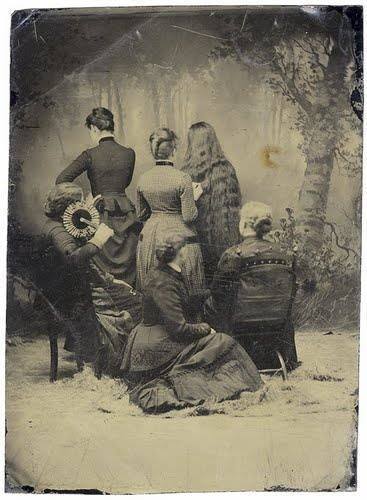 I continually swear that I’m not going to write, again, about Marilyn; but here I am again…
I continually swear that I’m not going to write, again, about Marilyn; but here I am again…
I may have been able to to get away with a wistful smile & a re-Tweet or two in the honor of her 90th birthday. But then I discovered of the photo show in honor of the icon’s birthday — and from there, a very important fact that I had missed for low these X years.
In 2010, a collection of Marilyn’s personal journals, poems, letters, and the like was published in Fragments: Poems, Intimate Notes, Letters by Marilyn Monroe, edited by Stanley Buchthal and Bernard Comment. (Can you even imagine having access to such intimate ephemera?!)
As Lucy Bolton notes at the BBC, “This shows how the process of writing was integral to Monroe’s self care and well being. She could also be honest here, perhaps in a way that she couldn’t be elsewhere.” Including both the cruel and the kind. It’s the self-talk that fascinates me the most. Again from Bolton:
In her so-called Record notebook from around 1955 she writes that her “first desire was to be an actress” and that she is striving to work fully and sensitively, “without being ashamed of it”. Her drive to work on herself and her craft was merciless: “I can and will help myself and work on things analytically no matter how painful”, and she notes in her notebook a single line, “having a sense of myself” – as if the words ground her in some way and remind her of what she needs to keep in mind.
This is not just to be coveted for the personal diary of a celebrity aspect. This is the self-reflective artist at work.
remember there is nothing you lack – nothing to be self conscious about yourself – you have everything but the discipline and technique which you are learning and seeking on your own
And it’s the documentation of a woman’s life, which I find supremely interesting, most poignant, relateable. How many of us, sadly, can relate to these words of Monroe?
I guess I have always been deeply terrified to really be someone’s wife since I know from life one cannot love another, ever, really… starting tomorrow I will take care of myself for that’s all I really have and as I see it now have ever had
This is the stuff you miss when you swear off your collecting, your obsession. Oh, but how easy it is to be pulled back in! Another book on the wishlist. No; scratch that. I think I’ll buy myself a birthday gift early. I’m convinced it’s what Marilyn would want me to do.











































































